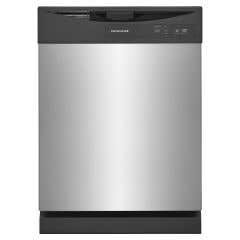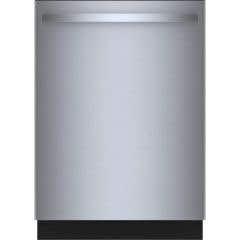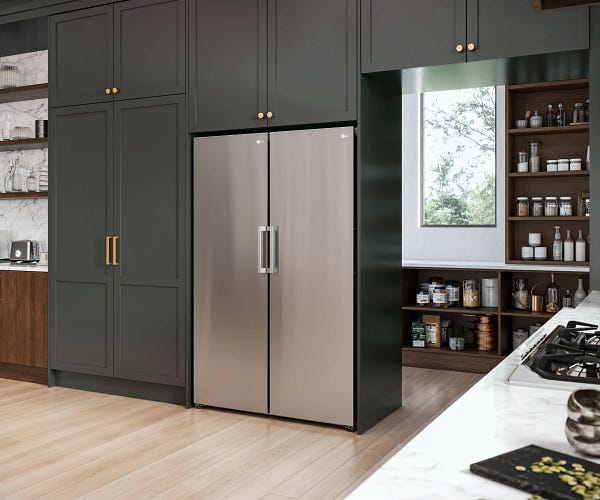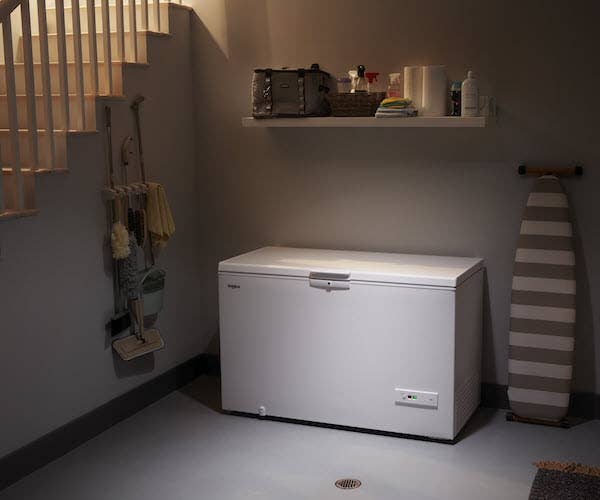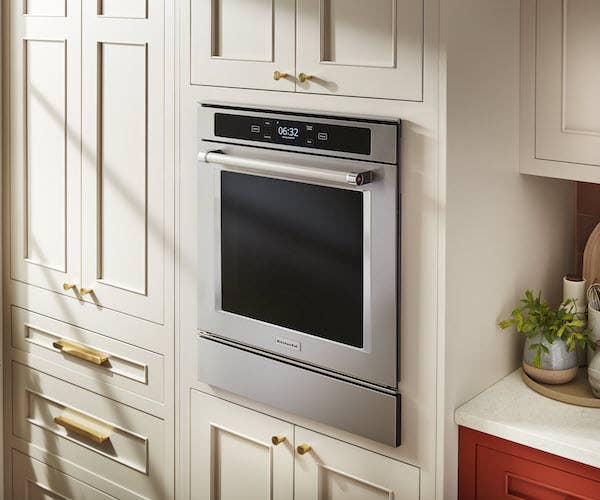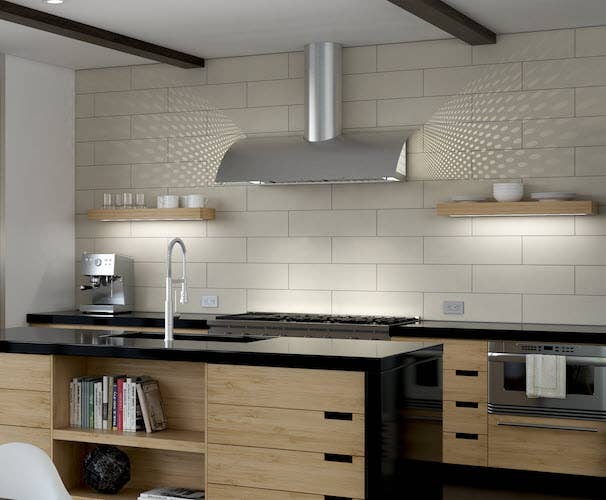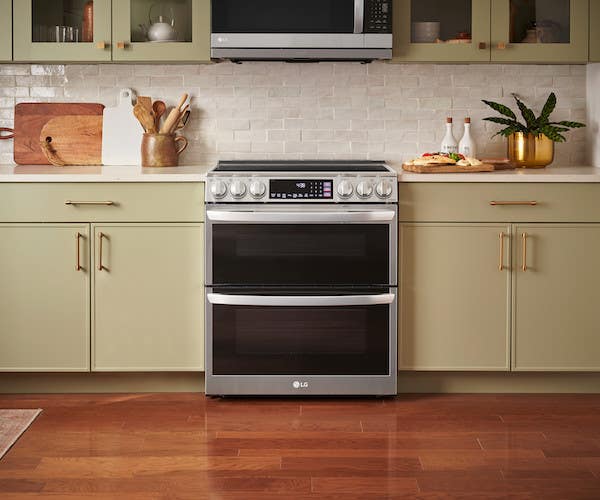Selection criteria for choosing a dishwasher
Dimensions of the dishwasher
The standard dishwasher is 24 in. wide, 30 to 35 in. high and 22 to 27 in. deep. Does that work for your environment?
The first step in shopping is to measure the space for your built-in or free-standing dishwasher, or the space where you would like to place your portable model.
What countertop or cabinet limitations do you have? Remember to calculate the distance from the actual floor if the dishwasher area does not have the same floor covering as the rest of the kitchen. Several homes have somewhat recessed enclaves.
Look around your environment. Are there any obstacles to delivering the dishwasher, such as tricky stairs or narrow door frames?
Type of dishwasher and tank
There are four types of dishwashers to choose from. The most common model, the built-in model, is installed under a work surface or a counter. The front can even match your cabinet doors, if needed, with aesthetic panels.
The free-standing dishwasher is closed on all sides and has its own work surface on top. You can add it to your kitchen even if the counter space does not allow a built-in model.
Don't have room to leave a dishwasher in the kitchen? No problem! Like the stand-alone, the portable dishwasher is completely enclosed and has a work surface, but it moves on wheels. It fits in a closet or other room until it's time to wash dishes, when you'll need to connect it to water and electricity.
The last model is also the smallest. The countertop dishwasher is a bit like a microwave that you place on your work surface. It holds 6–7 place settings (see Capacity) and is suitable for dorms, small apartments or office spaces.
As for the interior of the dishwasher, would you prefer a less expensive plastic tub or a stainless steel tub that offers better stain resistance, lower energy consumption, less noise and more efficient drying? In the long run, stainless steel is always a winner, but your decision will depend on your budget.
Dishwasher capacity
The capacity of a dishwasher is measured in place settings, i.e., ten pieces of dishware for one place setting. To determine the ideal size of a dishwasher, it is important to consider the number of people living in your household. Generally, an 8 to 10 place setting dishwasher is suitable for a single person, while a family will need a 12 place setting dishwasher.
Of course, the dishwasher capacity will vary depending on how well you arrange items. Some models are better at accommodating large objects. If there is a piece that you absolutely want to fit in, don't hesitate to bring it to the store to test your future dishwasher.
Wash cycles and cleaning functions
All dishwashers offer basic cleaning functions that will meet most of your needs. In addition, there may be specialized cycles such as quick wash, half load, prewash, delicate, rinse or power wash. Smart sensors can determine the most appropriate cycle per wash zone.
Filling and internal layout of the dishwasher
You will have noticed that most dishwashers have two racks, but rack configuration varies greatly from one model to another. Are the racks adjustable and can you add a third one for utensils, for example? Can you adjust the height of the upper rack? Can you fold the rods that hold the plates? Is there a utensil tray or a basket?
Colour and finish
It is important to choose a dishwasher colour and finish to match your other appliances when purchasing a new one. You will find mainly white, black and stainless steel models. Consider panels that match the finish of your cabinets for a more consistent look.
Noise level
A noisy dishwasher that creates a constant background noise is sure to annoy. For a pleasant sound level, it is recommended to purchase an appliance with a sound level of 40 decibels or less.
Energy consumption
On average, a dishwasher uses 10 to 20 litres of water per wash cycle, while a five-minute hand wash uses about 25 litres of water. The hand wash vs. machine wash debate is over! An Energy Star® certified dishwasher promises the lowest water and electricity consumption, which will help your wallet as well as the environment.
Other interesting features
Should you choose front or integrated control buttons? This is more a matter of aesthetics, but parents may prefer models with hidden buttons so that little fingers can't get to them.
Would you like a Wi-Fi feature so you can remotely start your dishwasher and monitor the wash cycle? Some models also have delayed start programs and built-in grinders or filters. You should consider an internal water softener if your city water is hard. In addition, choose appliances with a hidden heating element to avoid inadvertently burning plastic items.
Start shopping online now or visit one of our stores to get advice from one of our specialists right away.
Best Sellers



